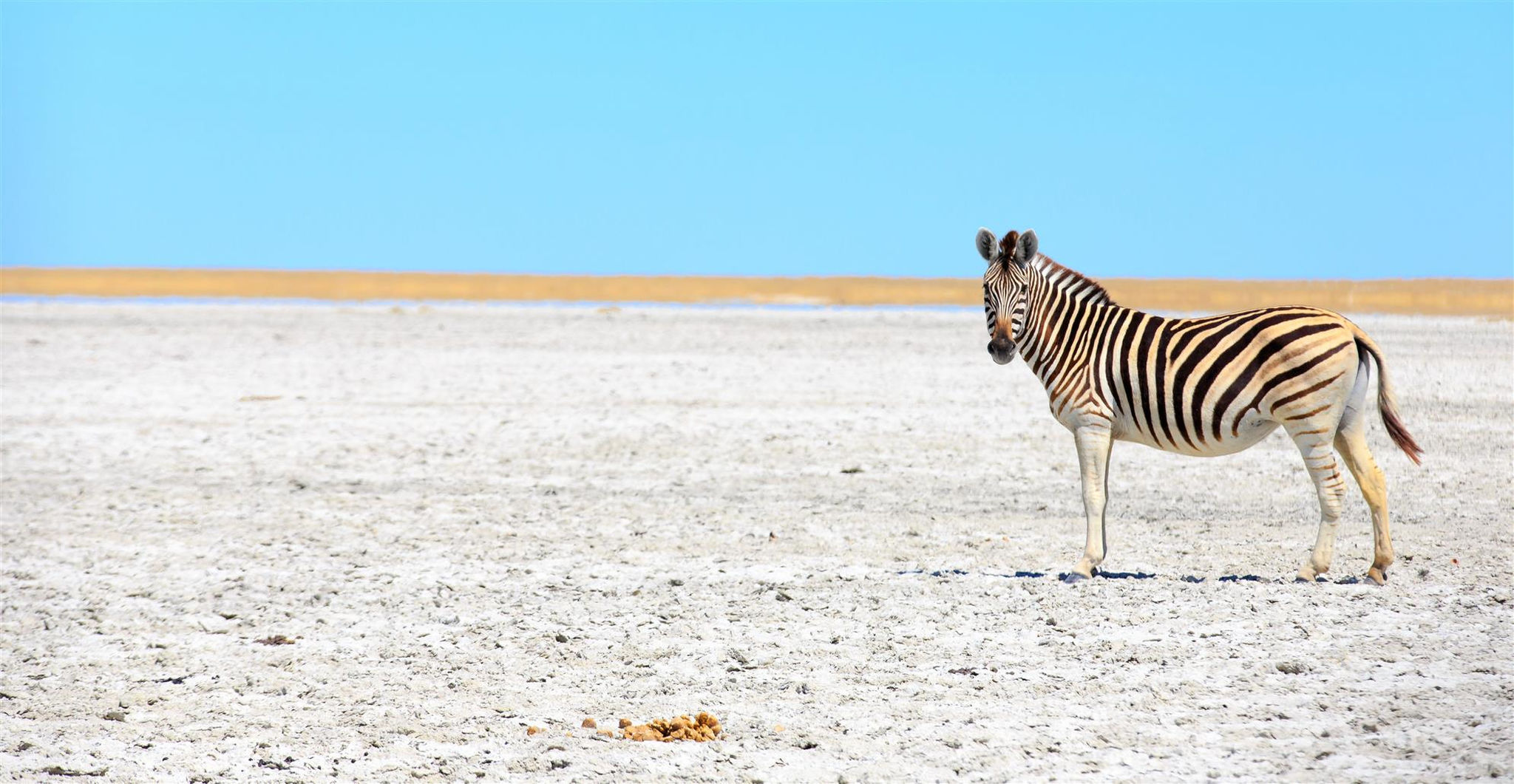In the barren semi-arid Kalahari Desert lies some of the most unimaginably wild spaces on Earth, home to several unique attractions. It's an unusual world. Picture burnt sienna dunes with dry shrublands and ghostly salt pans, the blistering sun dominating the cloudless skies. Although this might sound hauntingly isolated, it's home to a surprising variety of wildlife. These animals have either adapted to the Kalahari Desert's extreme climate or rely on migration. Here's what you can look forward to seeing...

The iconic red Kalahari sands
Welcome to the Kalahari
The Kalahari Desert covers 900,000 square kilometres and is spread across Botswana, Namibia, Angola and South Africa, with the largest area taking up over 80% of Botswana. Here are just some of our favourite attractions in the Kalahari Desert.

Red hartebeest roaming the grasslands, Image Credit: Tswalu
1. Makgadikgadi Salt Pans
The Makgadikgadi Salt Pans in north-eastern Botswana are the largest in the world, covering an area of 16,000 square kilometres. These pans are worth seeing twice as they look completely different throughout the different seasons.
If your trip is during the dry winter season with no rain, you can expect parched, dusty and abandoned plains. During this time, the ethereal isolation of the shimmering pans is something you'll never forget.

Makgadikgadi Pans offer fascinating contrast in experience between dry and wet season
In the wet summer season, on the other hand, rainfall brings relief to the dehydrated soil, transforming it into grassy wetlands and acting as a vital lifeline to the animals. Flamingos dot the horizon of the Sowa pan, and other animals like springbok and wildebeest throng to the water with predators close on their heels.
The Makgadikgadi Pans area is also home to the second-largest zebra migration in the world. Approximately 25,000 zebras make their way here from the Okavango Delta every year.

A zebra roaming the isolated Makgadikgadi Pans
2. Tsodilo Hills
The Tsodilo Hills in the northwest of Botswana were declared a UNESCO World Heritage Site in 2001. It gained this prestigious title because of its significance to the local San Bushmen and because it acts as a record of ancient civilisations.
Nicknamed the "Louvre of the Desert", approximately 4,500 rock paintings adorn the faces of these hills. The area is also sacred to the Bushmen as it's considered to be a resting place for their deceased. And with over 500 sites of paintings, it's one of the most historically meaningful rock art sites in the world.

Tsodilo Hills rock art in the Kalahari Desert, Image Credit: Joachim Huber
3. Baines' Baobabs
The Baines' Baobab trees, named after the 19th-century explorer Thomas Baines, are set on the edge of the KudiaKam Pan of the Nxai Pan National Park. They are sometimes called the "seven sisters" or "sleeping sisters" and can store up to 120,000 litres of water in their trunks, enabling them to survive in the dry Kalahari Desert.
You really can't fathom the sheer size of these bulky trees until you are standing right in front of them, and during the wet summer months when the salt pans fill with water, the eerie reflection of the trees on the water's surface is magical.

Baines' Baobabs
4. Kalahari San: Window into the Past
The Kalahari is home to an ancient African tribe, the San Bushmen. One of the oldest ethnic groups in the world, they’ve lived in harmony with nature for many, many years and have honed exceptional survival skills over time.
The opportunity to walk through their world and experience their ways is a truly humbling and fascinating experience. They will teach you how they hunt, gather food, make fire, and much more.

Visit the San Bushmen in Botswana on one of our African safari and culture tours
5. Starry, Starry Night
Far removed from civilisation, artificial light and pollution, the Kalahari Desert’s star-littered night sky will certainly take your breath away.
Sleeping under an illuminated canopy of stars in the heart of the desert is an experience that should be on everyone’s bucket list.

Star-strewn sky in the Kalahari
Botswana Is Just a Click Away
Ready to see these five attractions in the Kalahari Desert in real life? Contact our Travel Experts so that we can help you plan your trip today!

